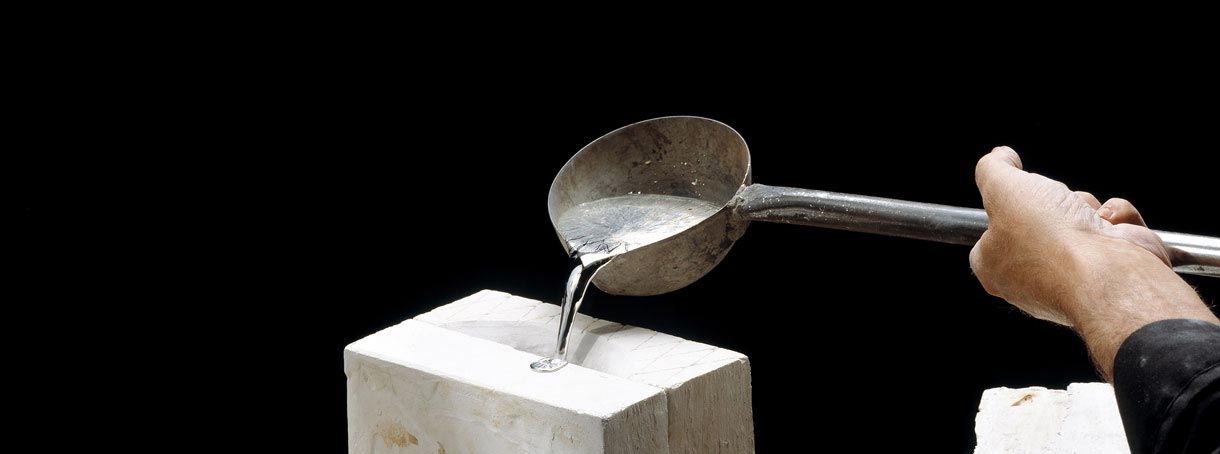-
TABLETOP & KITCHEN
- Drinkware
- Bar Tools & Accessories
- Coasters & Trivets
- Coffee & Tea
- Decorative Bottle Stoppers
- Glasses & Goblets
- Pitchers, Carafes & Decanters
- Wine & Ice Buckets
- Tabletop
- Appetizer Service
- Bowls & Centerpieces
- Cake Stands & Cloches
- Cutlery & Chopstick Rests
- Dinnerware
- Egg Cups
- Flatware
- Gravy Boats
- Napkin Rings & Napkin Holders
- Place Card Holders
- Plates & Chargers
- Spoons & Cocktail Forks
- Trays & Serving Plates
- Tureens & Casserole Holders
-
HOME INTERIORS
- Desk & Living Room Objects
- Ashtrays & Pipe Holders
- Board Games
- Bookends
- Clocks & Watch Stands
- Decorative Bells
- Decorative Boxes
- Hourglasses, Sundials & Compasses
- Magnifiers & Letter Openers
- Pen & Letter Holder
- Photo Frames
- Thermometers & Barometers
- Valet Trays
- ART NOUVEAU
- ABOUT
- INTERIORS
Home
»
About
»
What is pewter made of?
What is pewter made of?
Tin, the main component of pewter, is extracted from a mineral called 'cassiterite' or tinstone and is found, in nature, mixed with other undergroung mineral deposits. The procedures needed to separate the tinstone from the other minerals are demanding.
Tin has a very high degree of malleability, but it is just as easily broken, if placed under pressure. When it breaks this metal emits a distinctive sound, defined as 'the cry of the tin'. It is an optimum heat conductor and this quality makes it suitable for use in the production of dishwarmers and ice-cream moulds.
Does pewter have lead in it?
No, every toxic element has been completely eliminated from modern alloys and the European Economic Community has dictated strict regulations regarding its composition. Antimony, copper and bismuth are carefully measured, to guarantee their use for table crockery; moreover, the addition of a small percentage of silver has been permitted in the alloy.
The alloy which we use today for all the objects meets all the EEC and USA requirements provided for food containers. It is made up of Tin (95%), Antimony (4-5%) and Copper (0.5%). Antimony and Copper should be used in order to give consistency and rigidity to Tin.
Price of non-ferrous metals: 30/08/2024
Price per Kilo
| Tin 32,34 $ |
| Nickel 17,06 $ |
| Copper 9,35 $ |
| Zinc 2,92 $ |
| Aluminum 2,48 $ |
| Lead 2,06 $ |
Partner, Hotel & Restaurant • Packaging • Tin wedding: 10th years celebration • Privacy • Withdrawal right • FAQs
![]()
#cositabellini
matchpewter
#코지타벨리니
COSI TABELLINI Via Stretta 44
25128 Brescia Italia
+39 030 2002363
+39 030 2002370
e-mail: info@cositabellini.it
Vat n° IT03342520172
REA n° BS-362311
© 2016 Cosi Tabellini • CT M 95
